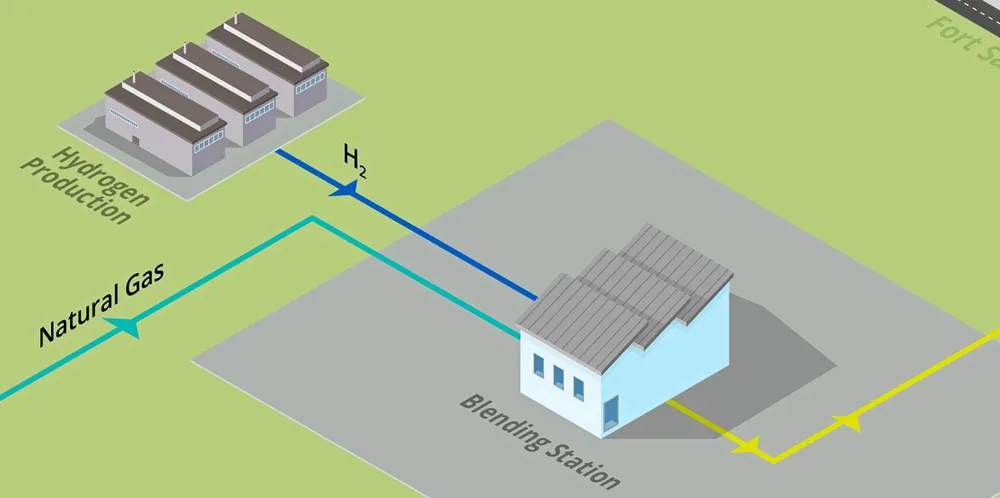Hydrogen blending will raise consumer costs and risk public health while barely reducing emissions: US think-tank
Study from San Francisco-based Energy Innovation warns policymakers and regulators to 'exercise scepticism' when mulling ratepayer-funded proposals to blend H2 with natural gas for use in heating or power plants
